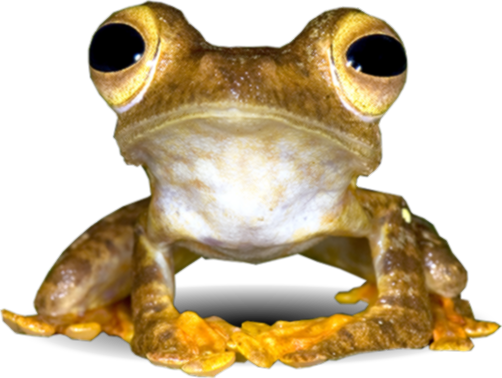Lythraceae is a family of flowering plants characterised by simple opposite leaves and capsule fruits with numerous seeds. A member of this family is Sonneratia alba, which is named after the French plant collector and explorer Pierre Sonnerat. The species epithet alba is derived from a Latin word meaning white, referring to the stamen colour.
Known as “Perepat” in the Malay community, S. alba grows in mangrove habitats across Asian countries such as Indonesia, Malaysia, the Philippines, China and Borneo. It grows along shorelines, including in mangrove forests, rocky or sandy beaches and coastal mudflats.
Classified as a small- to medium-sized tree, it can reach heights of 15 m and occasionally up to 30 m. It has aerial roots specialised for gaseous exchange, called pneumatophores. The spoon-shaped leaves are thick and leathery. The flowers, up to 10 cm in diameter, have whitish petals and stamens that are pinkish at the base. They bloom at night and attract pollinators such as hawk-moths, bats and birds (Giesen et al., 2006). The berry-like fruits are abundant with seeds and can float in water because the seeds contain air-filled tissues.
Sonneratia alba plays a crucial role in mangrove ecosystems by preventing soil erosion. In Kuala Sepetang, Malaysia, the trees serve as a habitat for fireflies which have become a nocturnal tourist attraction (Giesen et al., 2006). In India, the government of Maharashtra has declared S. alba to be the state’s official tree (Chatterjee, 2020). Similarly, two individual trees in Pulau Ubin, Singapore, were recognised as heritage trees under The Heritage Tree Scheme 2001 (National Park Singapore, n.d.).
The timber of S. alba, known for its strength and moderate durability, is suitable for various applications, including planking, flooring and furniture (Burgess, 1958). Locally, the wood is utilised for house and boat construction (Burgess, 1958), and bronze nails are recommended for use in saltwater environments (Giesen et al., 2006).
Perepat leaves and roots are potential sources of tea due to their high antioxidant content and heat resistance (Mandang et al., 2021). The edible fruits are locally consumed, particularly in Sulawesi, either cooked or raw. However, caution is advised as not all plant parts are safe for human consumption. The bark, which is rich in tannin and phenolic compounds, is used for dyeing fabrics and tanning leather (Hilmi et al., 2021).
